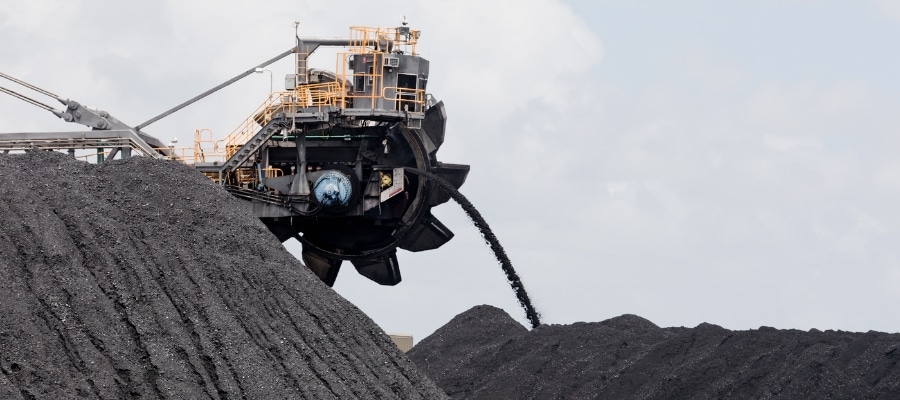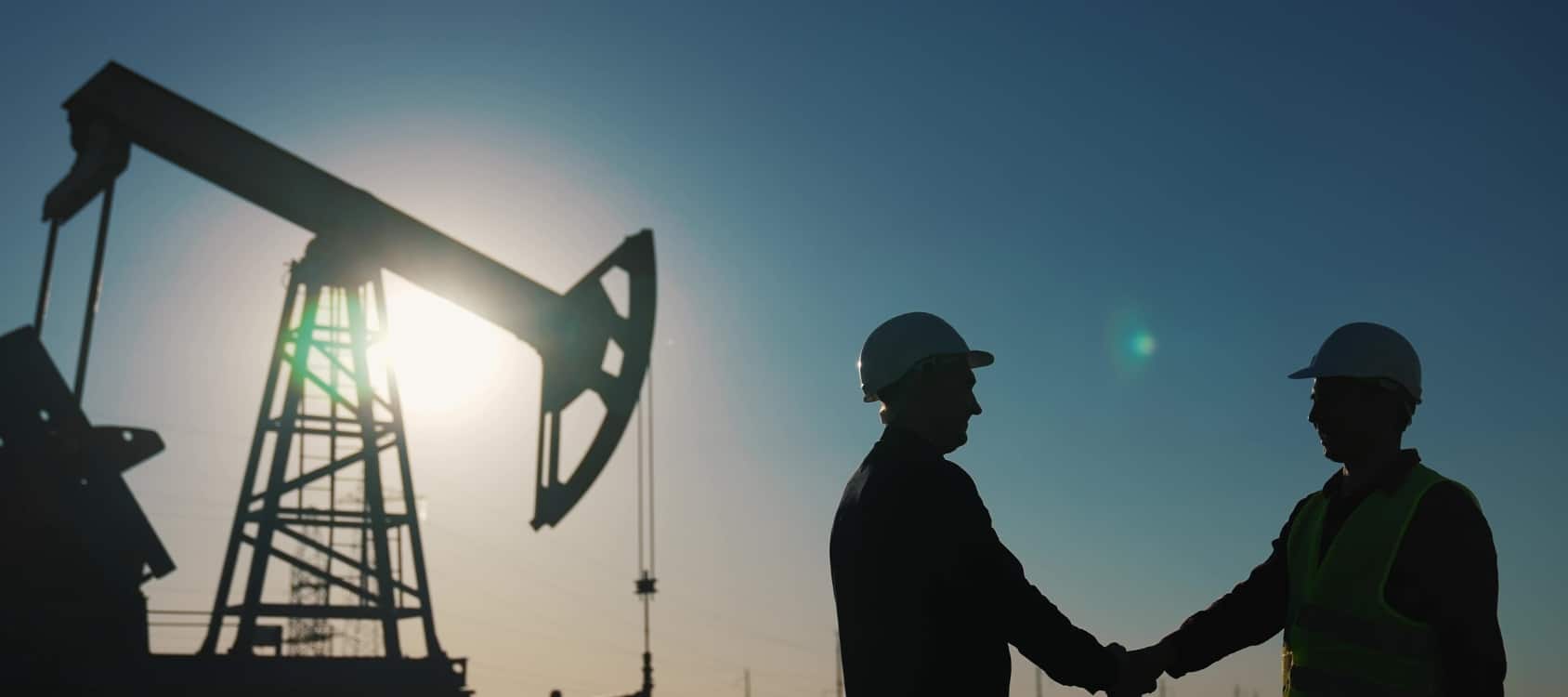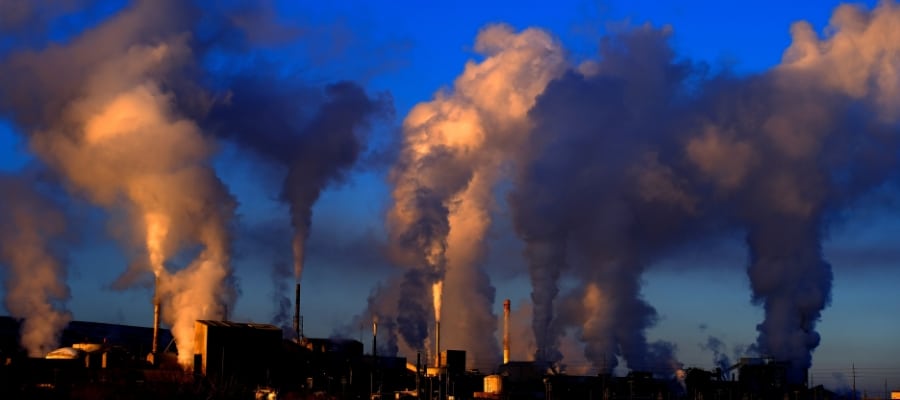Article co-signed by CELCOR, Jubilee Australia, Market Forces and Reclaim Finance
After its new mega-project in Papua New Guinea received much media attention in September, TotalEnergies published its response (1) to an article from French newspaper Le Monde (2). In the interest of transparency, we bring additional light on some of the issues that TotalEnergies failed to mention about the Papua LNG project.
Is TotalEnergies in line with the Paris Agreement?
TotalEnergies indicates that its strategy to support the 2015 Paris Agreement is ”to continue providing the energy the world needs now, notably natural gas to replace coal” and that “the Papua New Guinea project is consistent with this strategy”.
The Net zero by 2050 scenario (NZE) of the International Energy Agency (IEA), which aims at keeping global warming under 1.5°C, requires reducing by more than 20% both oil and gas production by 2030 (3). Yet, TotalEnergies plans to increase its fossil production by 2 to 3% per year until 2028 (4), relying on massive investments dedicated to new oil and gas projects in the coming decade (5). Therefore, with TotalEnergies’ current oil and gas production targets, its production will exceed by more than 40% the level required to align with the NZE scenario. Moreover, TotalEnergies’ targeted carbon intensity in 2030 is 20% higher than in the NZE scenario (6). Thus, TotalEnergies will produce too much oil and gas with too much emission per barrel.
The NZE scenario further indicates that no new upstream oil and gas project, and no new LNG terminal are required to meet global energy needs (7). Similarly, the Intergovernmental Panel on Climate Change (IPCC) has confirmed that projected emissions from the planned lifetimes of existing fossil fuel infrastructures would significantly exceed the carbon budget remaining to meet the goal of limiting global warming to less than 1.5°C (8). Yet, to implement its strategy, TotalEnergies plans to develop new fields and liquified natural gas (LNG) terminals in several countries (9), including in Papua New Guinea with the Papua LNG project, comprising two new gas fields and an LNG terminal.
TotalEnergies’ strategy and Papua LNG project are thus clearly out of step with the recommendations of the international community on aligning with the Paris Agreement.
Is gas an adequate transition fuel to replace coal in Asia?
TotalEnergies claims that its gas production will be part of the energy transition, as “replacing coal by natural gas to produce electricity will halve the CO2 emissions”.
While gas indeed produces less CO2 than coal when burned, the climate benefit of switching from coal to gas is uncertain when the emissions along the whole value chain are taken into consideration. Indeed, fossil gas is mostly composed of fossil methane, which has a Global Warming Potential 82.5 times higher than CO2 over a 20-year period (10). It takes a few percent of gas leakage to make gas as big a driver of climate change as coal in the short term (11).
By contrast, replacing coal with sustainable energy would help countries in the Asia Pacific region provide competitive energy to their populations and industries. Indeed, sustainable energy is becoming increasingly competitive, as “costs of key clean energy technologies (…) fell by close to 80% on a deployment weighted average basis between 2010 and 2022” (12).
Is TotalEnergies contributing to the energy transition in Papua New Guinea?
TotalEnergies confirms its presence in the country will essentially consist of extracting the country’s resources to export them to international markets, as “95% of the gas will be exported and sold on Asian markets”.
The renewable energy projects it mentions in response to Le Monde will essentially benefit the Papua LNG project. As mentioned, the combined-cycle gas turbine and a photovoltaic farm will supply the liquefaction terminal. The additional “offer of photovoltaic production” will supply the “production units and the mine”, as well as “hotels” and “warehouses” in the project area.
The only renewable projects of TotalEnergies that will provide additional sources of energy to local communities are “free solarization of mini-networks for neighboring communities, the distribution of solar lamp kits, and charging of personal devices”. These measures will have a limited impact and cannot be considered as significantly contributing to a sustainable energy transition in the country, for which the Papua New Guinea government is actively seeking investments.
A recent report showed that Papua New Guinea’s government has already identified a host of potential renewable energy projects that, if they went ahead,would dramatically expand energy access in the country (13). The main obstacle is financing, but TotalEnergies has not indicated an intention to support these projects, despite their limited cost, estimated to represent 100 times less than the budget of the Papua LNG project (14).
Can the project’s greenhouse gas emissions be reduced?
TotalEnergies mentions two measures to reduce the project’s direct CO2 emissions:
- “Reinjecting the native CO2 from the production wells”: This acts as an enhanced recovery process, which means TotalEnergies will be able to extract more gas from the field by pumping more CO2 into it. This leads to CO2 emissions both directly (to compress and pump CO2 into the ground) and indirectly (from burning the gas that could not have come out without reinjecting CO2). Enhancing gas production is clearly a false solution (15).
- Supplying the electric liquefaction trains with “a combined-cycle gas turbine and a photovoltaic farm”: While the photovoltaic will indeed lead to savings of CO2 for the operations, the gas turbine will still emit CO2 into the atmosphere (16).
Above all, these measures will remain limited to reducing some of the emissions generated by the project’s direct operations, which represent less than 9% of the project’s overall emissions (17). By contrast, most of the project’s emissions will come from the gas combustion itself, and will represent 220 million tons of CO2 over the life of the project, about the total annual emissions of Bangladesh (18). The project thus still constitutes a climate bomb which should not be developed.
Is there really no financial risk to this project?
TotalEnergies’ strategy is “based on 5% annual growth in demand for LNG, largely driven by Asia, the world’s greatest user of coal, and Europe”. If carried out, the Papua LNG project would start its operation at the end of 2027 or in 2028, while global gas demand is set to peak before the end of the decade in all three IEA scenarios (19). The timing of the first LNG shipments from the project coincides with a potential glut of global gas shipments as LNG capacity is expected to surge in 2026 and 2027, which increases the prospect of lower prices and returns for the project’s investors (20).
Nothing ensures that the LNG produced from the Papua LNG project will be sold, as no long-term sales and purchase agreements (SPAs) (21) have been reported so far. As in Europe (22), LNG overcapacity may thus lead to stranded assets and the Papua LNG infrastructures may be left unused.
Can this project have a positive ecological impact?
When asked by Le Monde “How many hectares of forest will be cleared?”, rather than stating clearly the number of hectares that will be deforested for the Papua LNG project, TotalEnergies puts up a smokescreen by stressing “go further than the target of zero net deforestation”.
The expression “zero net deforestation” is inherently misleading, as it implies that deforestation could be fully compensated by replanting, regeneration or restoration efforts elsewhere. This would require measuring an “equivalent compensation”, in a highly complex domain which lacks common definition of basic concepts such as forest, forest loss, deforestation, or even trees (23).
Above all, TotalEnergies’ approach mistakenly equates the value of protecting native forests with that of planting new ones (24). However, native forests store large amounts of “irrecoverable carbon” (25) that, once released by deforestation, cannot be restored quickly enough to prevent the worst impacts of climate change. In addition, these native forests are essential as habitat for numerous species, regulators of water cycle and weather, and a cultural resource. None of these functions can be replaced by reforestation or compensation for biodiversity (26). In the worst cases, these types of Nature Based Solutions may even turn counterproductive and cause harm (27).
The project will also involve river dredging and various other risks such as seabed disturbance from an offshore pipeline, pollution, and impacts on marine life (28). According to the project’s own upstream Environmental Impact Statement (EIS) it also takes place in sites which include 49 newly discovered species of flora and fauna and 16 species that have been scientifically undescribed until recently (29) – raising questions as to how plausible it is to accurately assess the project’s biodiversity impacts.
While the measures intended by TotalEnergies may have a positive impact, the overall ecological impact of the project on such a rich area of biodiversity cannot be compensated.
Does the Independent Advisory Panel represent a sufficient safeguard for this project?
TotalEnergies refers to the project’s Independent Advisory Panel (IAP), whose recommendations are expected to help “make Papua LNG best-in-class in terms of sustainability”.
Firstly, the company does not commit to follow these recommendations, which may thus go unheeded. In addition, information about the panel’s work remains limited to general summaries, often published with long delays (30). Yet, panel members voiced strong concerns about the project’s social impact, the consultation process and the means they were given to evaluate it during a field visit in April 2023 (31), and reiterated these during their latest meeting in Paris in September (32).
According to the reports available on the panel’s website, 2 out 8 members have not participated in the sessions on the project’s site and area of influence, while another has ended her participation in the panel after the April session (33). The panel may thus lack the means to represent a solid safeguard for the communities living in the project area of influence.
So are local communities properly consulted?
While TotalEnergies indicates that “the area concerned by the project is not very densely populated”, the Human Rights Impact Assessment commissioned by the company in 2017 counted that approximately 12,700 people lived in 39 villages in the project area of influence in 2016 (34).
The Papua LNG project lacks the transparency that could ensure the Free, Prior and Informed consent of these affected communities: The project’s website does not include copies of the information resources provided to communities or other stakeholders. This makes it impossible to scrutinize the quality and reliability of information provided. The website also does not indicate whether communities have been informed of their right to say “no” to the project or to provide their consent contingent on specific conditions they have the right to decide – in accordance with the company’s statements that it aligns with the Equator Principles and International Finance Corporation (IFC) Performance Standards (35).
It is thus little surprise that a Council of Chiefs, representing 600 clans in the region where the Papua LNG project is being developed, strongly denounced the consultation process in September in the Post Courier, one of the most prominent newspapers in Papua New Guinea. They indicated that the Purari River, used by TotalEnergies to transport material to the project site had “been closed by landowners for two weeks” and that operations would be closed if dialogue was not established (36).
More recently, a consultation was launched about the project’s downstream Environmental Impact Statement (EIS), but its conditions do not provide communities and civil society organizations with the possibility to provide provide feedbacks under suitable conditions (37).
These reports seem to indicate that TotalEnergies is still far from enjoying a “license to operate” from communities affected by the project, to paraphrase the project’s own Independent Advisory Panel.



